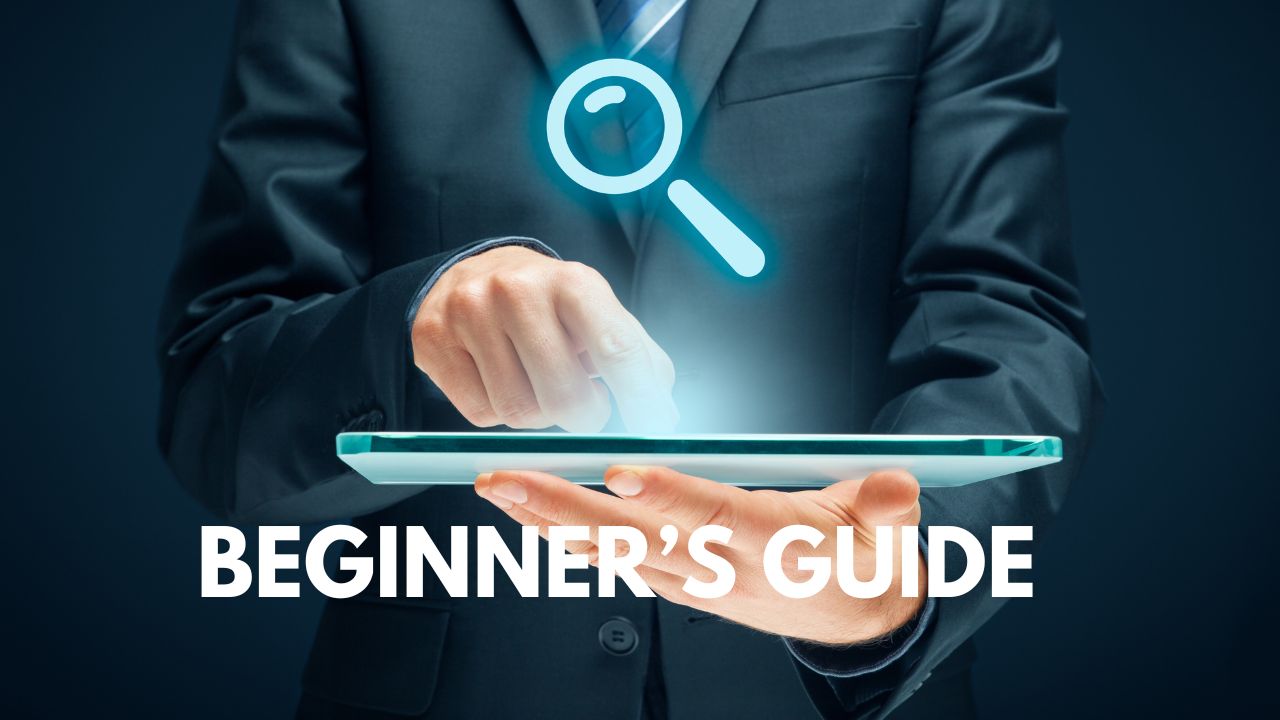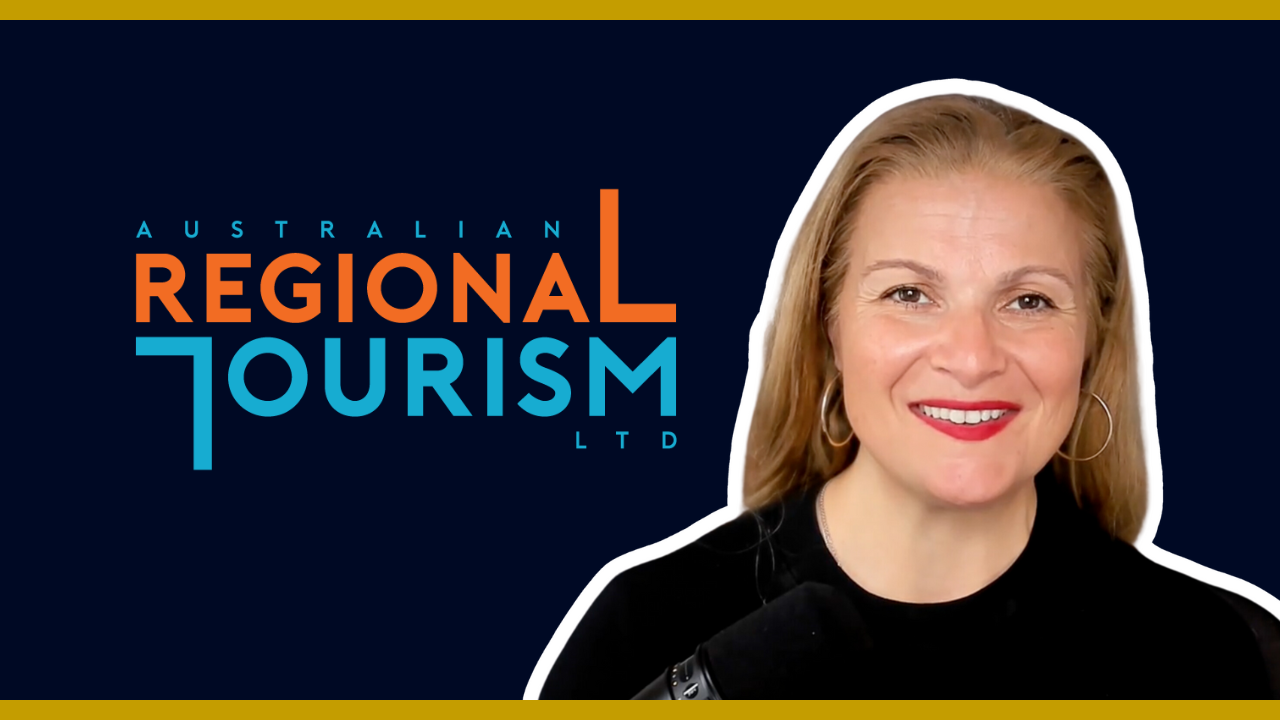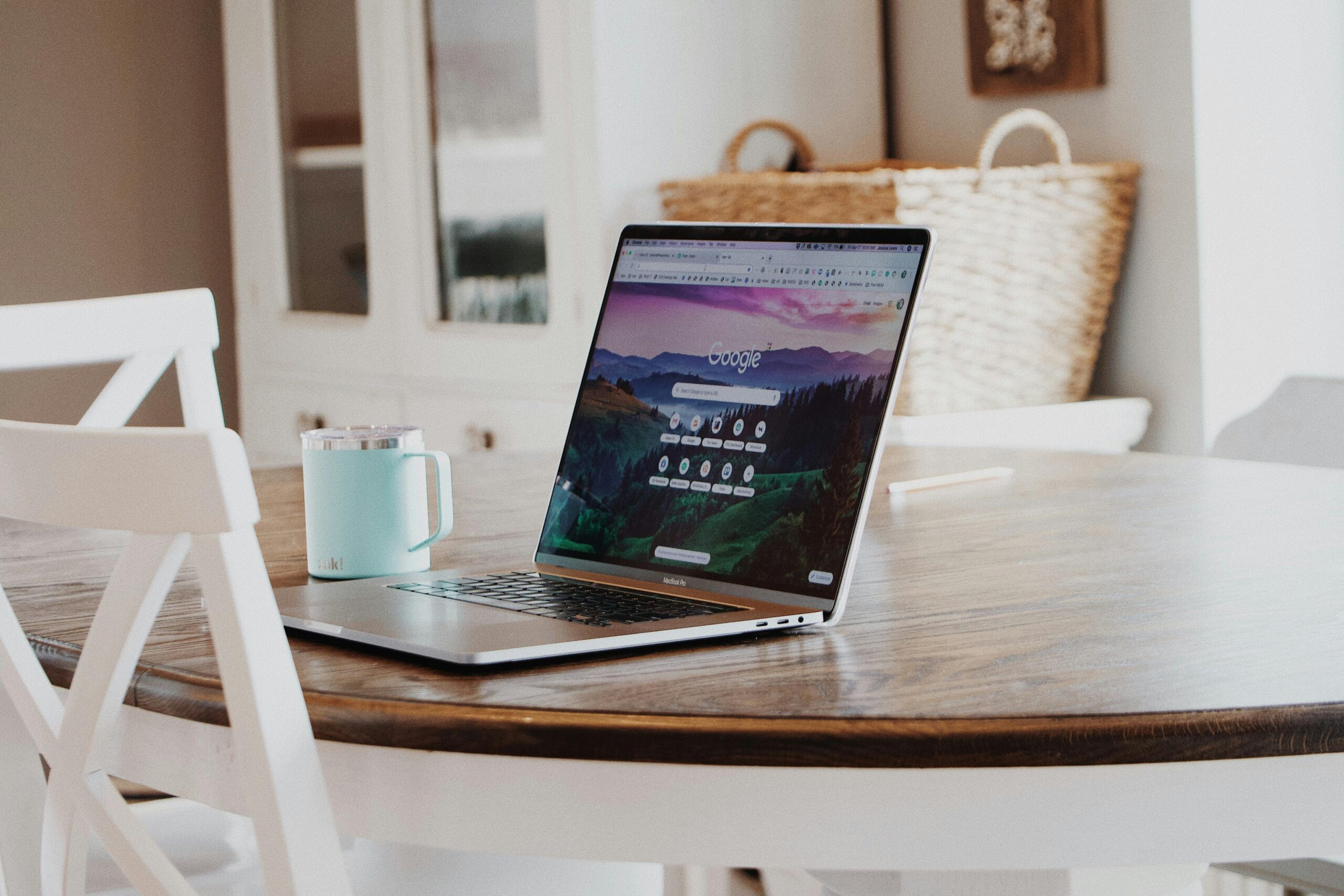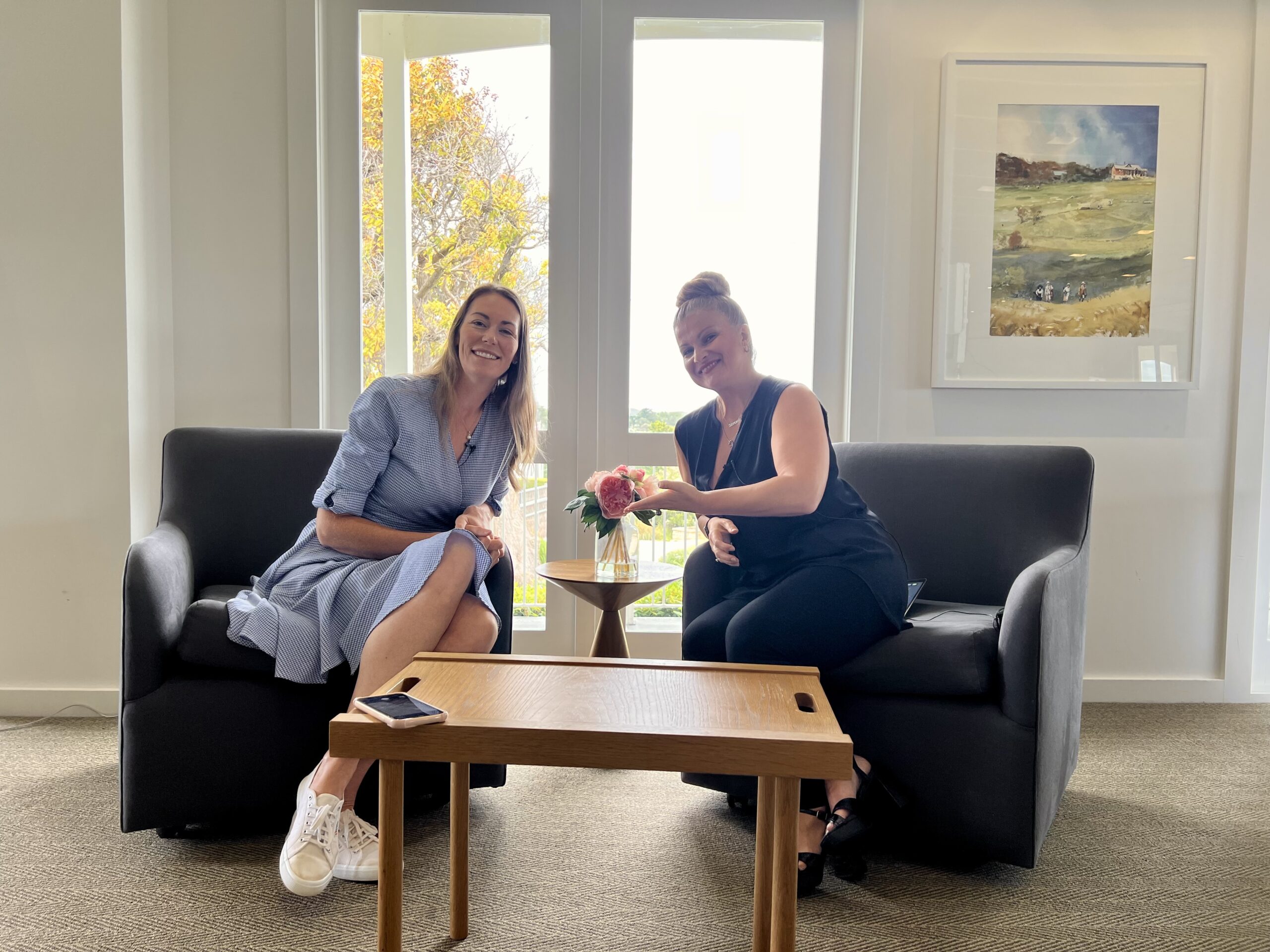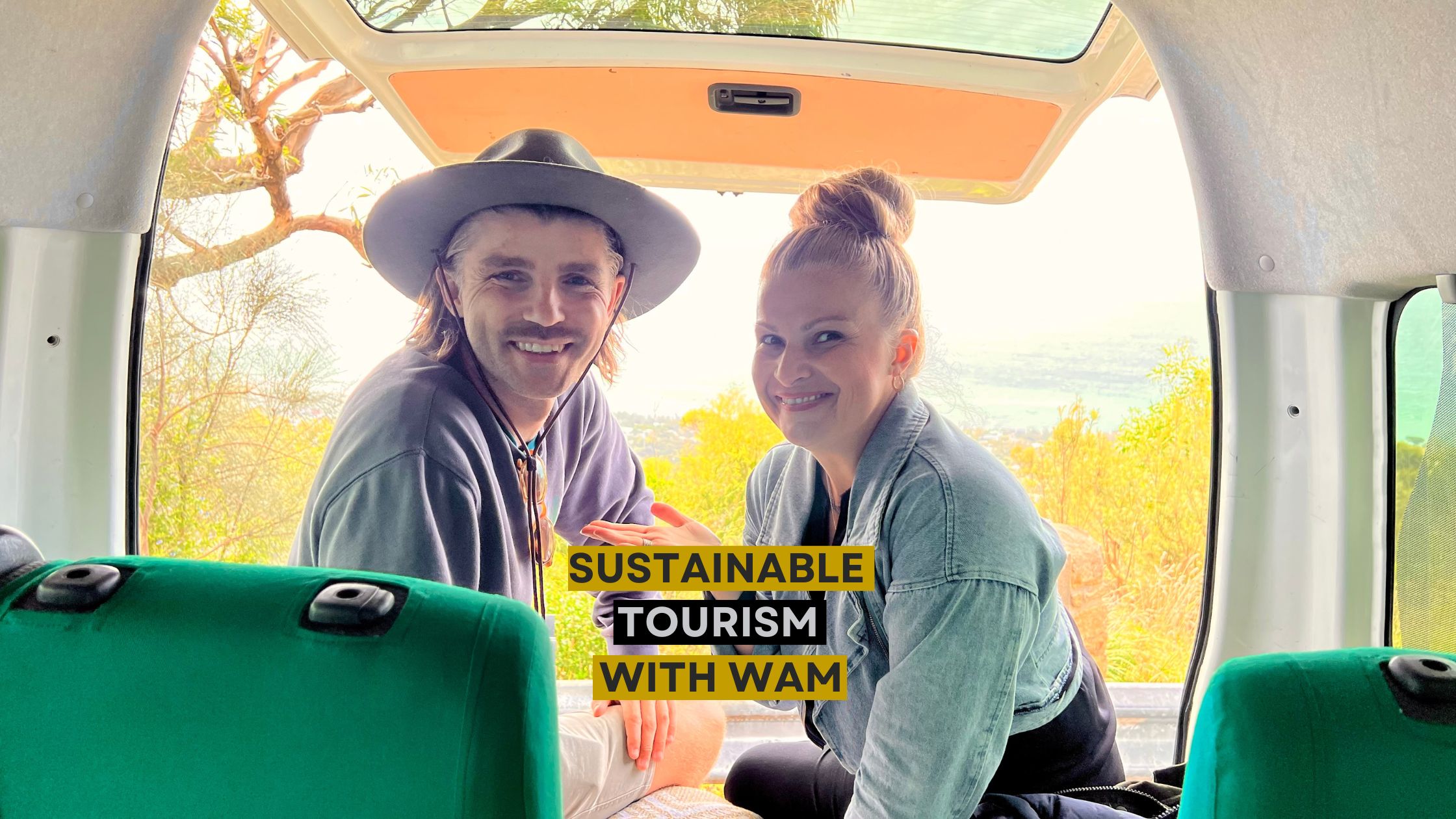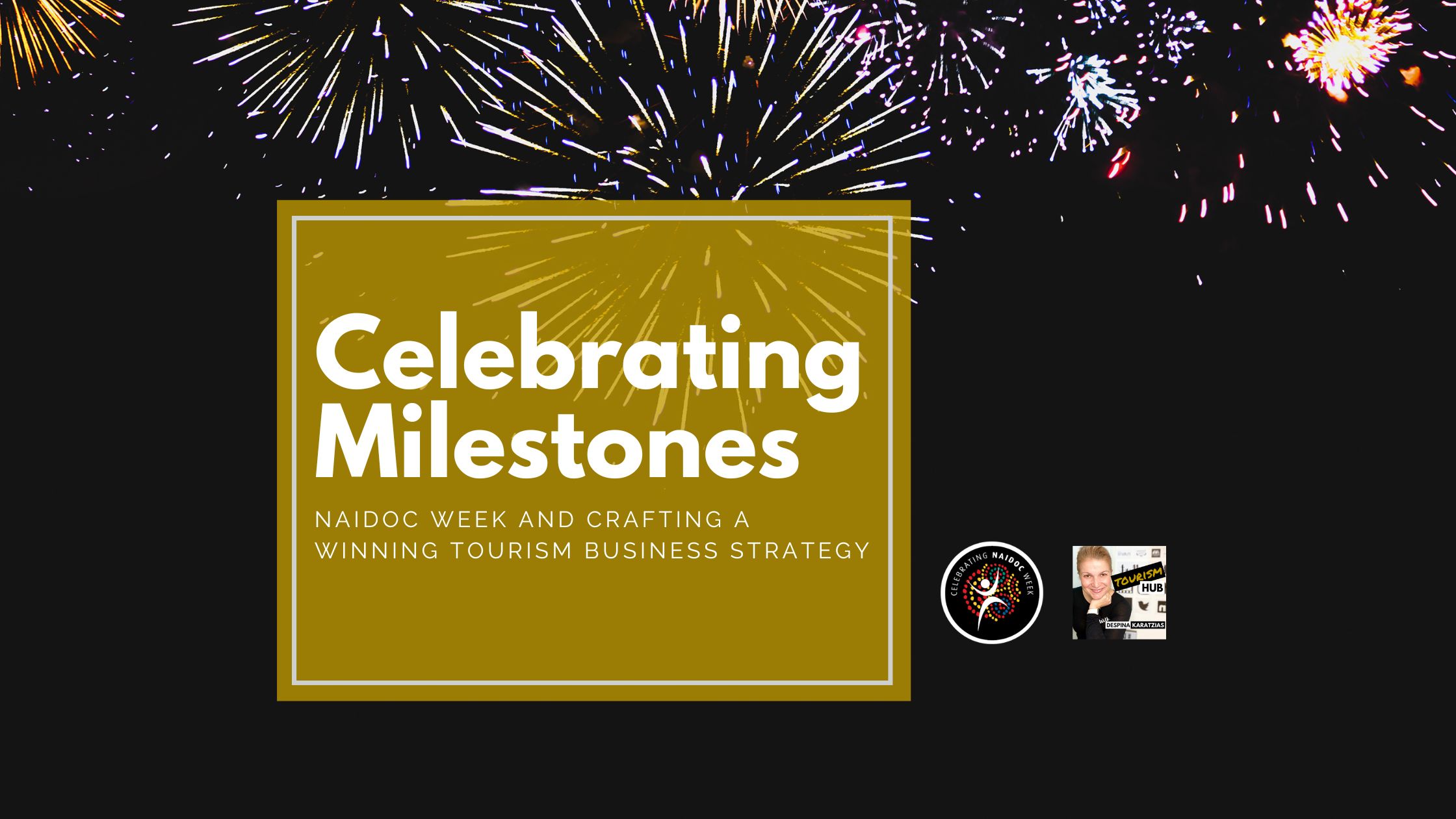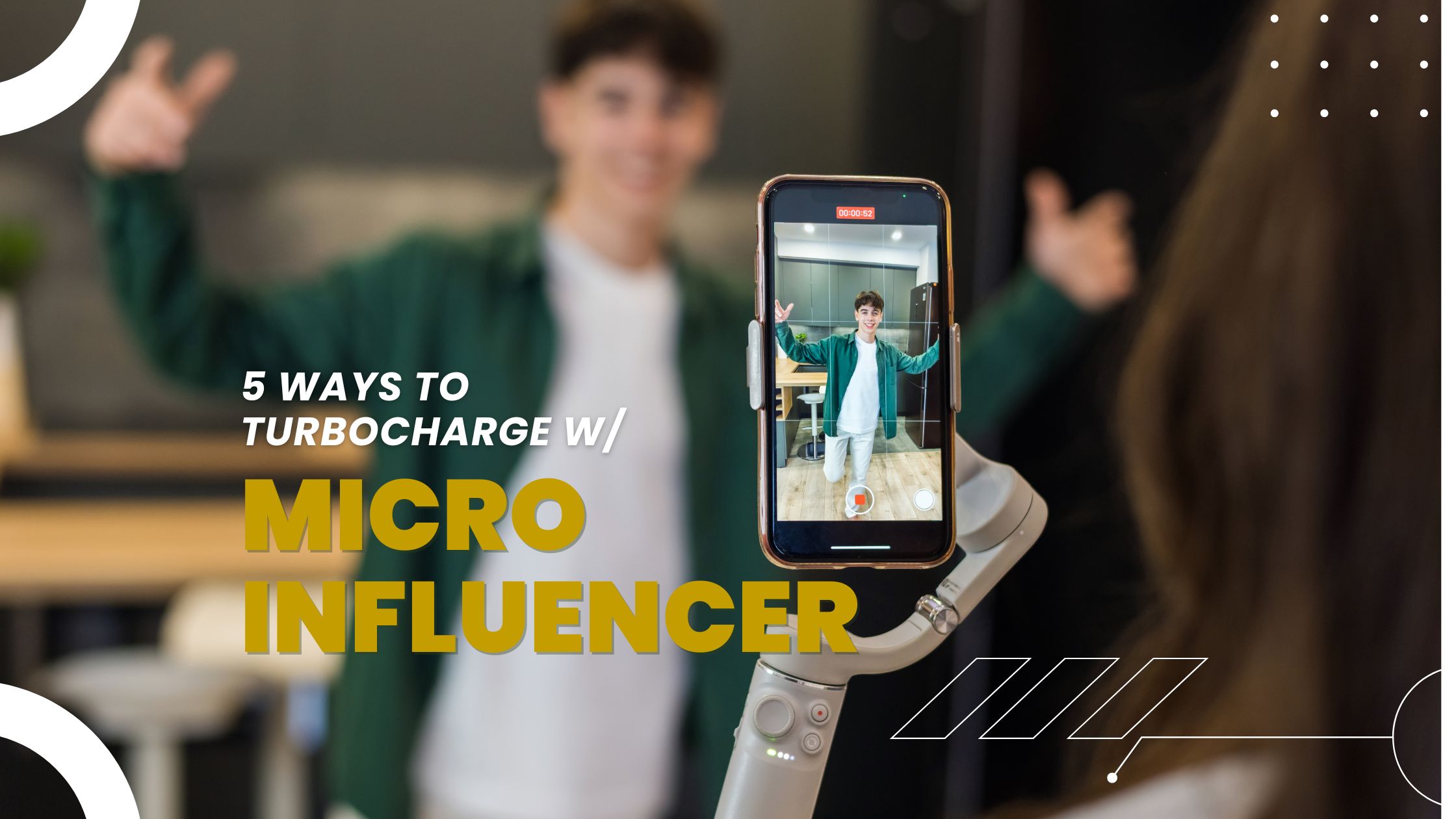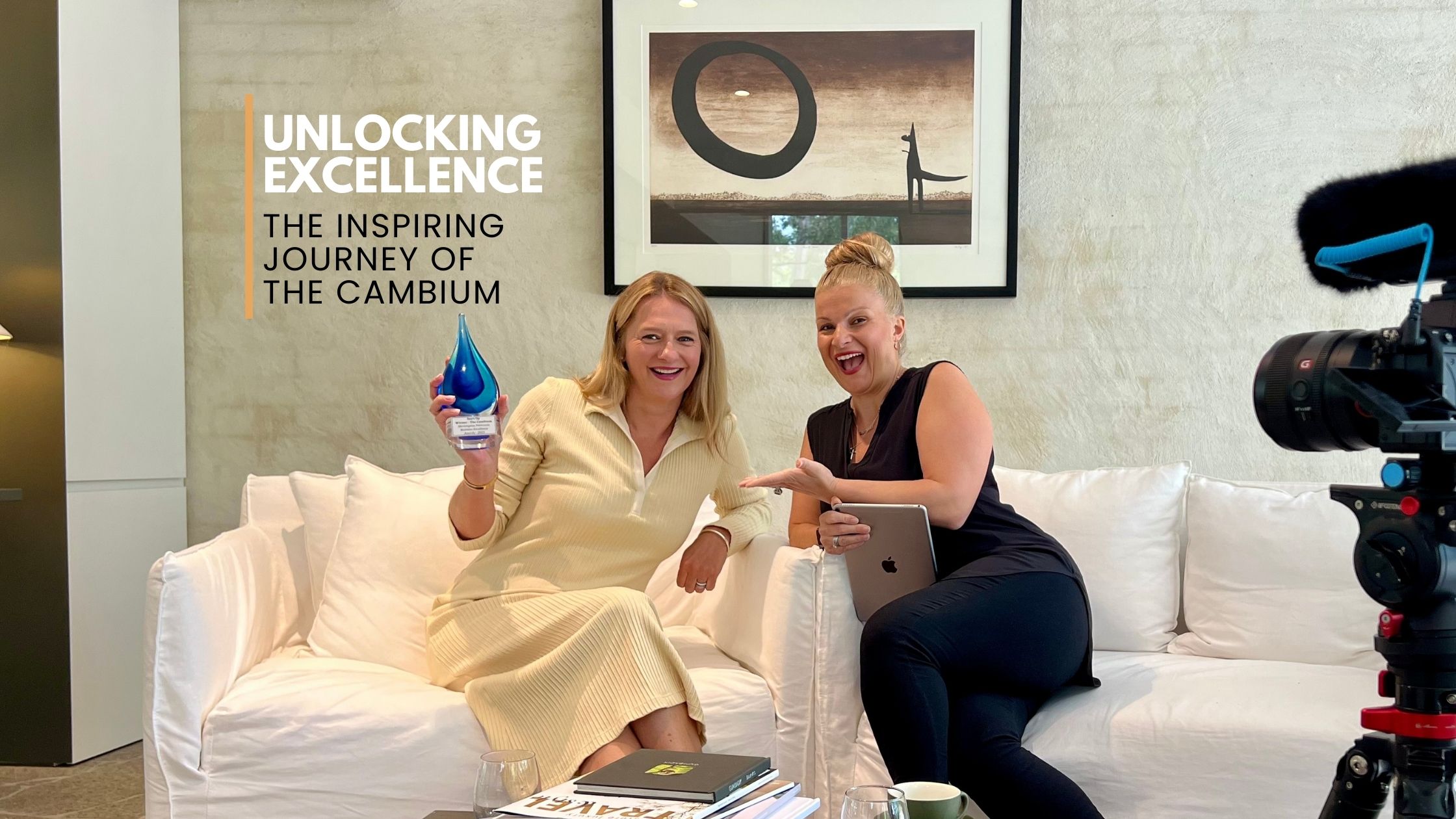Tourism Inclusivity
In this blog post, you will be taken through six key lessons from Curtin University’s Accessibility Challenge, shedding light on how challenge-based learning can enhance accessible and inclusive tourism. Read on to uncover practical insights and innovative solutions that can transform your tourism business and wider tourism industry for a more inclusive visitor economy. You can listen to the dedicated Tourism Hub Episode on Accessibility and Tourism.
Introduction to Curtin University’s Accessibility Challenge
The Origin of the Challenge
Accessible and inclusive tourism strives to create travel experiences that everyone can enjoy, regardless of their abilities. Curtin University’s Accessibility Challenge exemplifies this goal, pushing the boundaries of traditional tourism practices and inspiring innovative change.
A Unique Learning Opportunity
Curtin University’s six-day intensive Accessibility Challenge invited students from various faculties and disciplines to engage in transformative projects to enhance accessibility. This challenge-based learning experience encouraged innovative thinking and practical solutions to real-world problems.
Embarking on the Journey
Personal Motivation and Academic Pursuits
Three years ago, I pursued a master’s degree. Initially considering an MBA, I discovered the Master of Digital and Social Media program at Curtin University, perfectly aligned with my personal and professional life. This fully online program allowed me to balance my studies with my business and family commitments.
Embracing the Challenge
Last week, I participated in Curtin University’s Accessibility Challenge. Despite the logistical challenge of travelling from Melbourne to Perth, I eagerly attended, driven by the opportunity to make a tangible difference in accessible tourism.
Professional Background and Interest in Accessibility
Having worked in tourism and the broader visitor economy for over two decades, developing and delivering inclusive and accessible visitor experiences has always been a key interest of mine. My exposure to accessible tourism began with launching Australia’s first hot air balloon basket designed for people with disabilities during my time at Global Ballooning Australia. This experience fuelled my commitment to making tourism more inclusive through my work in industry training and development.
The Curtin Accessible Challenge Experience
The experience was transformative, offering a deep dive into the complexities of accessibility in tourism and beyond. It was about identifying barriers and finding innovative solutions to make the world more inclusive. The intensive six-day course provided a platform to collaborate with students from various faculties, engage with disability studies leaders, and apply inclusive design principles in practical settings. This comprehensive approach broadened my perspective, making me more aware of the societal and environmental factors that impact accessibility. To share the experience with you, I have compacted the learning into six lessons below and recorded a Tourism and Accessinilty episode on the Tourism Hub Podcast.
Lesson 1: Understanding Disability Models
Medical vs. Social Models of Disability
A vital component of the challenge was understanding different disability models. Professor Katie Ellis’s masterclass provided an essential framework, discussing the medical model, which views disability as an individual problem, and the social model, which sees disability as a societal issue.
Shifting Perspectives
The medical model focuses on “fixing” the individual, whereas the social model advocates for societal changes to accommodate everyone. This shift in perspective is crucial for fostering inclusivity and breaking down barriers for people with disabilities.
Practical Implications in Tourism
By adopting the social model, tourism professionals can focus on removing societal barriers, such as inaccessible facilities and services, making tourism more inclusive for all visitors to our destination.
By adopting the social model, tourism professionals can focus on removing societal barriers, such as inaccessible facilities and services, thereby making tourism more inclusive for all. This approach also aligns with the WA State Disability Strategy 2020-2030, emphasising the need for inclusive communities and equitable access for people with disabilities.
Acknowledging both the medical and social models is crucial to gaining a comprehensive understanding of disability. The medical model emphasises the importance of healthcare strategies informed by medical aspects of disability. In contrast, the social model highlights the societal changes necessary to support people living with disabilities effectively. Integrating these models in disability advocacy ensures that both medical insights and social awareness are addressed, leading to a holistic approach to the needs and rights of people living with disabilities.
The study by Retief and Letšosa (2018) further illustrates the need for a balanced approach that combines medical understanding with social advocacy. This duality highlights that disability is not solely a personal issue but a collective societal challenge.
Lesson 2: The Power of Inclusive Design
Integrating Inclusive Design Principles
The Accessibility Challenge incorporated essential readings on inclusive design, focusing on art and museums. Students were encouraged to think beyond conventional approaches and consider how inclusive design could be applied across various sectors.
Key Principles of Inclusive Design
Inclusive design is about creating products, experiences and environments accessible to all people, regardless of their abilities. Fundamental principles include user involvement, flexibility, simplicity, and providing multiple means of engagement and access.
Real-World Applications
Implementing inclusive design in tourism can involve:
- Creating accessible consultation and pathways.
- Completing an Accessible Assessment and Accreditation through Quality Tourism Framework or Accessible Accommodation Australia.
- Ensuring content like audio guides from VacayIt and websites are informative and suitable for people with disabilities.
The Austrade WELCOME Framework also offers practical advice to tourism businesses on making services more accessible and inclusive, focusing on aspects such as environment, communication, and operations.
Lesson 3: Emphasising the Importance of Raising Awareness
Advocacy and Awareness
As a tourism professional, I am committed to raising awareness about the importance of all areas of tourism business and destination development, including disability. This involves educating peers and stakeholders about the benefits of inclusive design and advocating for its implementation across various sectors.
Building a Supportive Community
Advocacy is continuously raising awareness and promoting inclusivity across communities in all industries, including tourism, education, the arts, housing, and more. By continuously sharing, opening dialogue and educating each other, we continue to build a community that supports and values accessibility and inclusivity.
Long-Term Impact
Sustained advocacy efforts can lead to lasting changes in policy and practice, making the tourism industry more inclusive and accessible for future generations.
Lesson 4: Empowering Voices of People with Disabilities
Amplifying Voices
Amplifying the voices of people with disabilities in the decision-making processes is not an afterthought. As Muscat (2021) states, this includes providing platforms for sharing experiences essential for true inclusivity. Ensuring that people living with a disability are heard means integrating their insights and lived experiences into policy-making and cultural development. This approach fosters an environment where accessibility is prioritised from the outset rather than being a secondary consideration. By actively involving disabled people in discussions and decisions that impact their lives, society moves closer to achieving genuine equality and respect for all its members.
Collaborative Efforts
Engaging with individuals with disabilities during the planning and design stages helps understand their needs and preferences, ensuring that projects and initiatives are truly inclusive.
Inclusive Decision-Making
Including people with disabilities in the decision-making process ensures that all lived experiences and perspectives are considered, leading to more effective and inclusive solutions without barriers and assumptions.
Lesson 5: The Impact of Belief and Expectations
Challenging Assumptions
The video “Assume That I Can, Maybe I Will” highlighted the detrimental impact of low expectations on people with disabilities. By challenging these assumptions, society can unlock the full potential of individuals, fostering a more inclusive environment.
The Role of Belief
Believing in the capabilities of people with disabilities and providing them with opportunities can lead to innovative solutions and a more inclusive society.
Stella Young’s Ted Talk: Rethinking Inspiration
Stella Young’s Ted Talk, “I’m Not Your Inspiration, Thank You Very Much,” emphasises the importance of seeing people with disabilities as individuals with potential rather than objects of inspiration. Her message aligns with the need to change societal attitudes and expectations, urging people to value disabled individuals for who they are, not just for their ability to inspire others.
Lesson 6: Continuous Learning and Improvement
Staying Informed
Staying informed about the latest developments in accessibility standards and inclusive design practices is vital. Engaging in professional development opportunities and learning from successful case studies will help drive continuous improvement.
Adapting and Growing
Continuous learning ensures that we can adapt to new challenges and opportunities in accessible and inclusive tourism. We can implement the best practices and create a more inclusive future by staying informed.
Commitment to Improvement
Ongoing education and professional development are essential for maintaining and enhancing the quality of inclusive tourism initiatives like the Getaboutable 2024 Accessible and Inclusive Tourism Conference held in Melbourne on Tuesday, 27 August 2024.
Conclusion
Reflecting on the Accessibility Challenge at Curtin University, I am more committed than ever to contributing to a more inclusive future. By advocating for, implementing, and continuously working towards improving inclusive design practices, we can create environments where everyone can participate fully and equally, regardless of their abilities.
This journey towards inclusivity is about fundamentally changing how we think about and design our world. I am grateful for this transformative Curtin experience and look forward to continuing this vital work.
Thank you for reading. Stay tuned for more insights, and let’s work together to make our world more inclusive.
FAQs
How can challenge-based learning enhance accessibility?
Challenge-based learning fosters innovation by encouraging students to tackle real-world problems. This approach can enhance accessibility by generating creative solutions tailored to the needs of people with disabilities.
What are the key principles of inclusive design?
Inclusive design focuses on creating products and environments that are accessible to all people, regardless of their abilities. Key principles include user involvement, flexibility, simplicity, and providing multiple means of engagement and access.
How does the social model of disability differ from the medical model?
The social model views disability as a result of societal barriers, while the medical model sees it as an individual problem. The social model advocates for changes in society to accommodate all individuals, whereas the medical model focuses on “fixing” the person.
Why is accessibility important in the tourism industry?
Accessibility in tourism ensures that everyone, regardless of their abilities, can enjoy travel experiences. It promotes inclusivity, enhances the visitor experience, and opens the market to a wider audience.
What are some examples of inclusive tourism practices?
Examples include providing accessible transportation, offering tactile and audio guides in museums, ensuring hotels and attractions have ramps and elevators, and training staff to assist disabled visitors.
How can individuals contribute to a more inclusive future?
Individuals can contribute by advocating for accessibility, educating themselves and others about inclusive practices, supporting inclusive design initiatives, and engaging with people with disabilities to understand their needs and perspectives.
Downloadable Resources:
Australias Disability Strategy 2021-2031
THRIVE 2030 Implementation Reporting
THRIVE 2030 – The Re-Imagined Visitor Economy
References:
Retief, M. & Letšosa, R. (2018). Models of disability: A brief overview. HTS Teologiese Studies/Theological Studies, 74(1), a4738. https://doi.org/10.4102/hts.v74i1.4738
Muscat, O. (2021). Arts accessibility shouldn’t be an afterthought. Kill Your Darlings. Retrieved from https://www.killyourdarlings.com.au/2020/12/announcing-kyds-2021-new-critic-may-ngo/
Assume That I Can, Maybe I Will. (2023). YouTube. Retrieved from https://www.youtube.com/watch?v=4fHGsLuA76w
TED. (2014). Stella Young: I’m Not Your Inspiration, Thank You Very Much [Video]. YouTube. Retrieved from https://www.youtube.com/watch?v=8K9Gg164Bsw
THRIVE 2030. (2023). THRIVE 2030 Implementation Report.
WELCOME Framework. (2024). Guidance for Accessible and Inclusive Tourism Businesses. https://www.austrade.gov.au/en/news-and-analysis/publications-and-reports/welcome-framework
WA Government. (2023). Disability Access and Inclusion Plan (DAIP). State Disability Strategy 2020-2030. https://www.wa.gov.au/government/document-collections/state-disability-strategy-2020-2030

